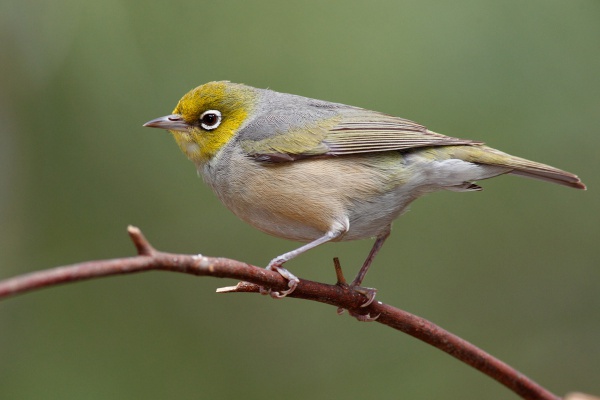Facts About Silvereye
The silvereye, also known as the wax-eye or white-eye, is a small, omnivorous bird native to the southwestern Pacific. In New Zealand, it is called "tauhou" meaning "stranger" or "new arrival" in Māori, reflecting its established status as a native species. This captivating bird includes 17 subspecies spread across Australia, New Zealand, and several Pacific islands.
Distinguished by its characteristic white eye-ring, the silvereye's appearance varies depending on its subspecies. It maintains a diverse diet, feeding on insects, fruit, and nectar. While they contribute to controlling insect populations in gardens and orchards, they can at times be a nuisance for commercial growers.
Silvereyes breed in the spring and early summer, constructing nests and laying pale blue eggs. They frequently raise multiple broods during the breeding season, ensuring a robust population.
These birds inhabit a range of environments, from forests and scrublands to urban gardens. In Australia, they are noted for their seasonal migrations, with Tasmanian silvereyes even undertaking the journey across the Bass Strait.
The silvereye is not only an important ecological agent; it has also inspired writers and artists. Featured in children's books and memoirs, the silvereye's distinctive characteristics make it a symbol of nature's beauty and resilience.
